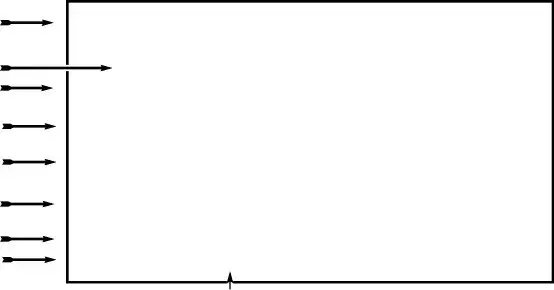What information is required on a Prescription Label form?
Every Prescription Label form must include the patient's name, the prescribing doctor's name, the medication name and strength, the prescription date, usage instructions (how and when the medicine should be taken), refill information, and the pharmacy's information. It's essential for ensuring proper medication management and patient safety.
Is the expiration date of the medication included on the Prescription Label form?
Yes, the expiration date, which indicates until when the medication is effective or safe to use, is typically included on the Prescription Label form. This is critical for patient safety and the efficacy of the medication.
How should the usage instructions on the Prescription Label form be understood?
Usage instructions on the Prescription Label form are provided to ensure the patient takes the medication correctly. They include dosage, frequency, and any specific directions like taking with food or water. Patients should follow these instructions carefully and consult their pharmacist or doctor if they have any questions.
Can the Prescription Label form include warnings about potential side effects?
Yes, Prescription Label forms often include warnings about potential side effects or interactions with other medications. These warnings are vital for patient awareness and safety, helping them to anticipate and react appropriately to potential adverse reactions.
What should I do if my Prescription Label form is unclear or incomplete?
If the Prescription Label form is unclear or seems incomplete, you should contact the prescribing doctor or the pharmacy that issued the prescription immediately. It’s crucial to have accurate and complete information to safely take your medication.
Are there legal requirements for what must appear on a Prescription Label form?
Yes, there are federal and state regulations that dictate what information must appear on a Prescription Label form. These requirements are designed to ensure that all necessary information for safely taking the medication is provided to the patient. Pharmacies and healthcare providers must adhere to these regulations.
How can I tell if my Prescription Label form includes refill information?
Refill information, if applicable, will be clearly stated on the Prescription Label form. This includes how many refills are allowed and until when you can obtain them. If you’re unsure or need further clarification, consult your pharmacist for details.
What role does the pharmacy's information play on a Prescription Label form?
The pharmacy's information on a Prescription Label form is crucial for various reasons. It provides a contact point for patient inquiries, allows for the tracking of where the prescription was filled, and is necessary for refills. The information ensures that patients can reach out if they have questions or concerns regarding their medication.

